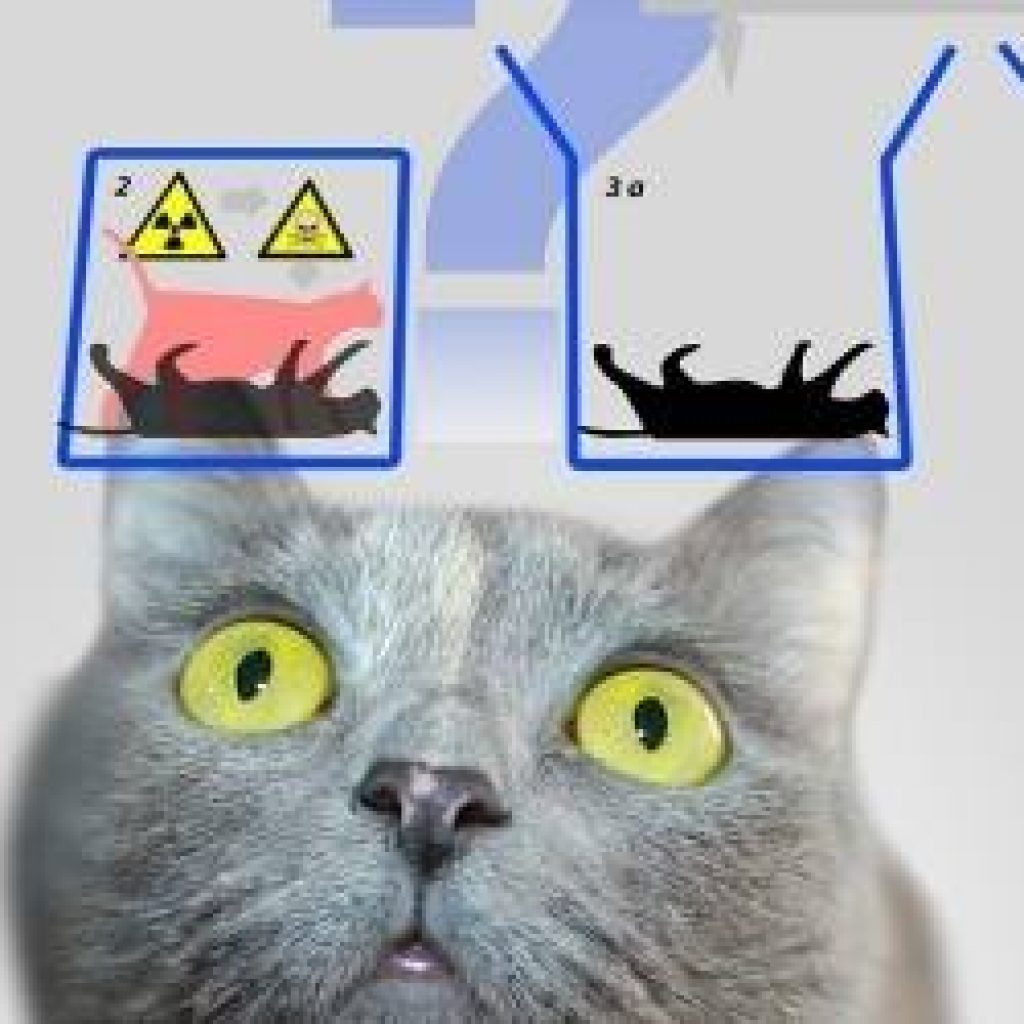(Phys.org) Imaging techniques that employ quantum light are increasing in importance nowadays, since their capabilities in terms of resolution and sensitivity can surpass classical limitations and, in addition, they do not damage the sample. This is possible because quantum light is emitted in single photons, and it uses the property of entanglement to reach lower light intensity regimes.
Even though the use of quantum light and quantum detectors has been experiencing a steady development in past years, there are still a few problems that need to be solved.
Thus, the European project Q-MIC has gathered an international team of researchers with different expertise who have come together to develop and implement quantum imaging technologies to create a quantum enhanced microscope that will be able to go beyond capabilities of current microscopy technologies.
In their experiment, the researchers created a combined final image of a “dead” and “alive” cat by using two sources. They used a quantum source trigged by a laser to create entangled pairs of photons, which illuminated a crystal and passed through a filter to produce an infrared image (800nm) of a “dead cat,” or what they refer to as the “quantum cat.” In parallel, they used a classical source with a LED to produce the image of an “alive cat.” Then, with an optical setup, they superimposed both images and sent the combined image to a special CCD camera known as an electron-multiplied charge coupled device (EMCCD). With this setup, they were able to observe that, in principle, both sources of light have the same spectrum, average intensity, and polarisation, making them indistinguishable from a single measurement of the intensity alone. But, while photons that come from the coherent classical source (the LED light) are uncorrelated, the photons that come from the quantum source (photon pairs), are correlated in position.
This technique opens a new pathway for quantum imaging and quantum enhanced microscopes that aim to observe ultra-sensitive samples.
Extracting Hidden Quantum Information from a Light Source
